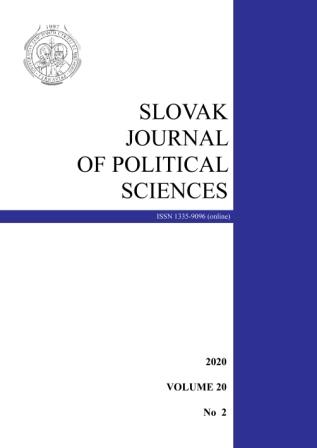Where Were the Voters? A Spatial Analysis of the 2019 Slovak Presidential Election
Where Were the Voters? A Spatial Analysis of the 2019 Slovak Presidential Election
Author(s): Ľubomír Zvada, Martin Petlach, Michal OndruškaSubject(s): Government/Political systems, Electoral systems, Politics and communication, Present Times (2010 - today), Geopolitics
Published by: Univerzita sv. Cyrila a Metoda v Trnave, Katedra politológie
Keywords: Slovakia; Slovak politics; Spatial analysis; Presidential election; Electoral support; Regional support; Electoral geography; Political geography;
Summary/Abstract: This paper endeavours to deliver a comprehensive spatial depiction of Slovakia’s presidential election held on 16th and 30th March 2019. At first, the text briefly considers electoral and institutional framework of presidential elections and its background. Within the context of the first round, the paper subsequently analyses the electoral support of four key candidates who had obtained at least 10 per cent in order to clarify the overall electoral support. At the municipal level, the analysis of aggregated data then brings a complex mapping of regional electoral support towards the presidential candidates. Our negative binomial regression models, based on socio-economic variables and the results of the 2016 parliamentary election, yield no satisfactory results. Nonetheless, among others, it was revealed that the final two contenders did not lose their voters from the previous round. In comparison to Šefčovič, Čaputová succeeded in acquiring lower levels of new electoral support (up to 20 per cent) but across the whole country. Afterwards, the Hungarian minority was proved a determinative factor for the win, contrarily to the socio-economic indicators as explicative variables of which the university degree and age were found the most significant.
Journal: Slovenská politologická revue
- Issue Year: 20/2020
- Issue No: 2
- Page Range: 176-205
- Page Count: 30
- Language: English

